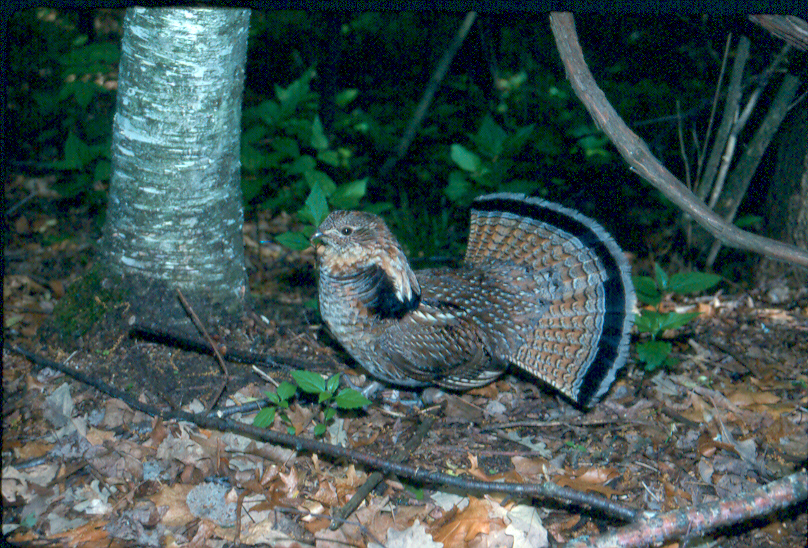
Those Frightening Shrieks Are Really Love Songs
What was that noise? An overactive imagination? It’s after dark, but that was definitely a shriek. It didn’t really sound human, more like a bird or maybe a cat. But birds aren’t usually active at night, and this is the suburbs; there are no cats large enough for that sound. There it goes again. What IS it? Most likely, it’s a fox. While your kids may have convinced you that you know what the fox says, I assure you, until you have heard it for yourself, you have no idea what sort of sound a fox makes. Pennsylvania is home to both the Eastern Red Fox and the Gray Fox. While you aren’t likely to see either of these canny canines during the day, red foxes in particular are common in Southeastern PA, even in high density residential areas.
February is the month of love, even for our wild canine neighbors, which may be why you are hearing their calls after the sun goes down. Mating season typically runs from December to February, with the kits born in March and April. Most often there are three to six per litter, though eight is not unheard of. Born with their eyes closed, fox kits weigh about a half pound each and remain in the den for about a month. Both parents share in rearing young, who rely on them for sustenance until they reach two or three months of age.
Nocturnal animals, foxes will eat just about anything, from rodents and birds (and their eggs) to fruits and grasses. While they will hunt for their food, they aren’t too proud to clean up after another predator’s (or a vehicle’s) kills. They make sure leftovers don’t go to waste by burying extra food for later.
While both red and gray foxes exist in the area, the gray fox is more skittish around humans, so you’re more likely to actually see red foxes (who curiously, are not always red, nor is a gray fox always gray). You can generally tell the difference between the two by looking at the tail. The red fox has a white tip on its tail and black legs, while the gray fox has a black tip on its tail. The gray fox also has the distinction of being the only canine capable of climbing trees.
The two species also differ in their typical choices for dens (which are generally only used for rearing young). A red fox will move into an abandoned woodchuck burrow or hollow log to birth and raise its kits; the gray fox may move underground or into crevices in rocky ledges. Underground dens typically have multiple entrances. In urban areas, it is not uncommon for foxes to make homes under porches, decks or sheds, or even in storm sewers.
Foxes living in suburban areas are rarely a threat to humans or pets such as dogs, though small pets such as guinea pigs, chickens and rabbits should be kept secured in enclosures and small dogs, puppies and kittens should be closely supervised when outdoors. (This is also to protect them from raptors.) While it is possible for foxes to have and transmit rabies, it is not common. They are however, common carriers of parasitic mange, fleas and ticks.
These wild canines are a benefit agriculturally, since they keep the population of rabbits and field voles in check, both of which can cause damage to crops. They also help control rodent populations attracted by the volume of trash created in populated areas. While a fox may loudly make itself known on occasion, most of the time they are not bad neighbors to have.




